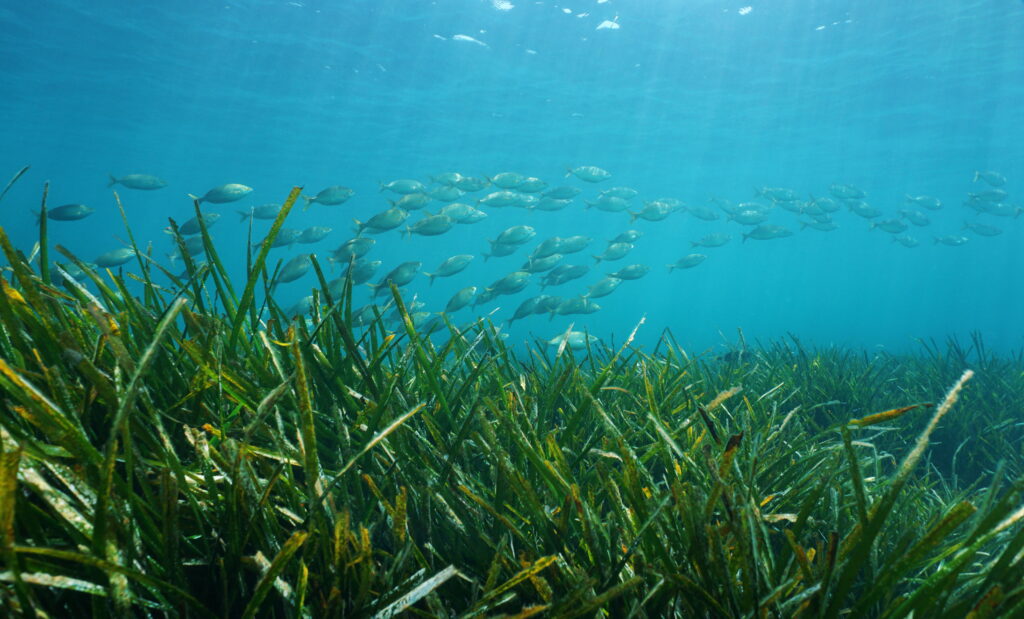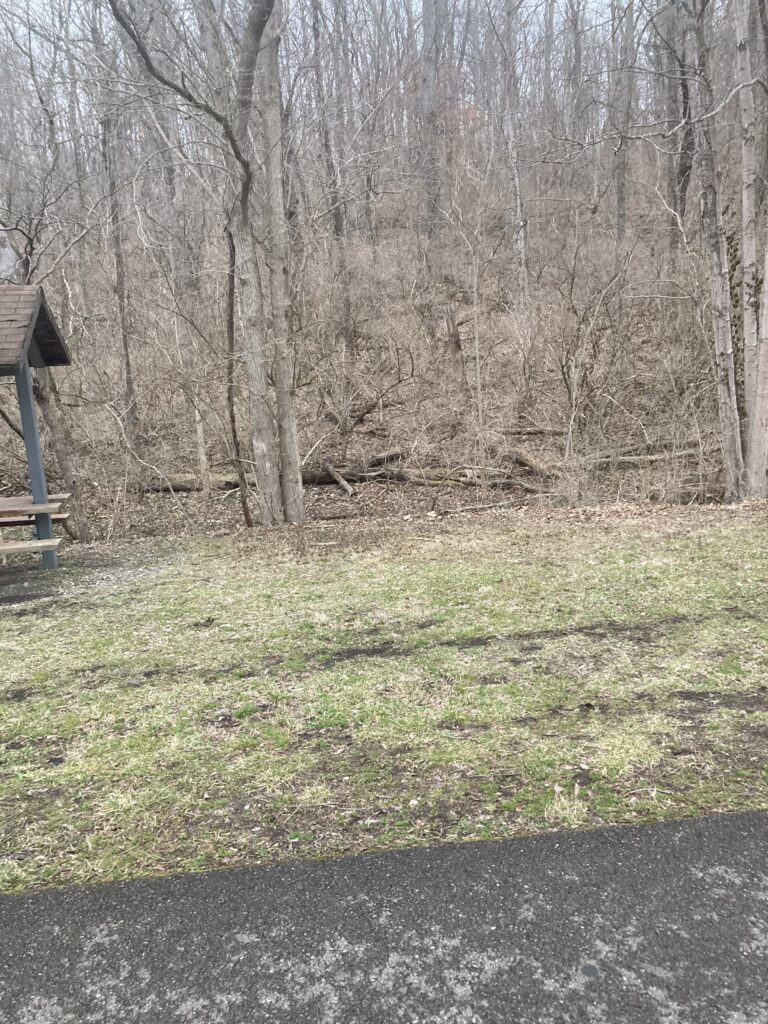Carbon Sinks
Scientists estimate about half of carbon emissions accumulate in the atmosphere while 25% is absorbed by land plants and 25% is absorbed by the ocean. Carbon absorbed in the ocean is either consumed by marine plants or dissolved in the ocean water, leading to a decrease in pH (more acidic).
The costs to planting trees or seagrass are relatively nominal compared to a buildout of renewables and energy storage infrastructure, however new land and area needs to be identified to do so. Ecology projects have successfully transformed barren lands into forests on land and marine life habitats in the ocean. Plants undergo both photosynthesis (carbon absorption) and respiration (carbon excretion).
Two interesting ideas in carbon absorption are seagrass and dead wood burial described more below.
Seagrass

The United Nations has called seagrass a key to tackling climate change. Seagrass needs the water to be shallow enough to photosynthesize, but there are many coastal areas with potential to add seagrass. The continental shelf area around most continents is where seagrass meadows are or can be planted. The continental shelf is also a good place for offshore wind turbines.

Dead Wood Burial

Dead wood gives off carbon as it decays over time. A paper by Ning Zeng [1] suggests rounding up the dead wood in our forests and burying it in the ground. Temporary roads and pits can be made in an area to be used for this process.
Another related idea is to harvest and bury fast growing plants by mass such as switchgrass. The mass of the plant minus water weight represents carbon absorbed from the atmosphere.
References
- Zeng, Ning. “Carbon Sequestration via Wood Burial” BioMed Central. Carbon Balance and Management. Department of Atmospheric and Oceanic Science and Earth System Science Interdisciplinary Center, University of Maryland.